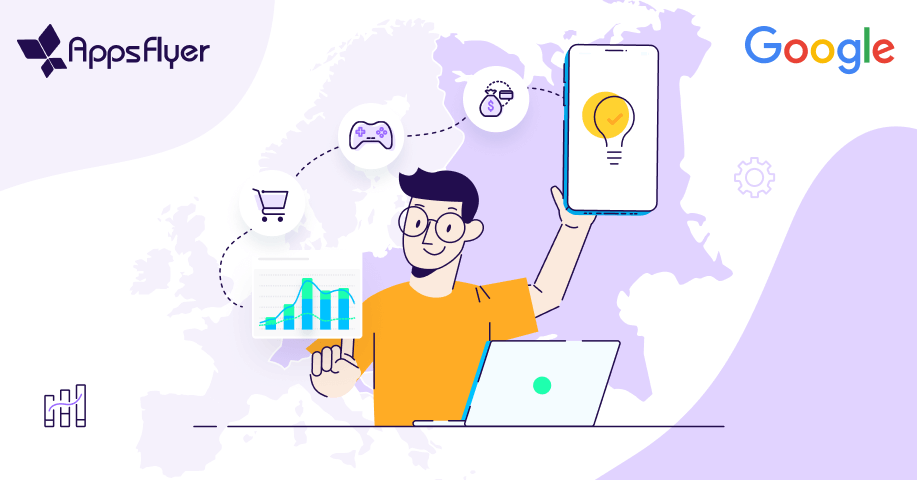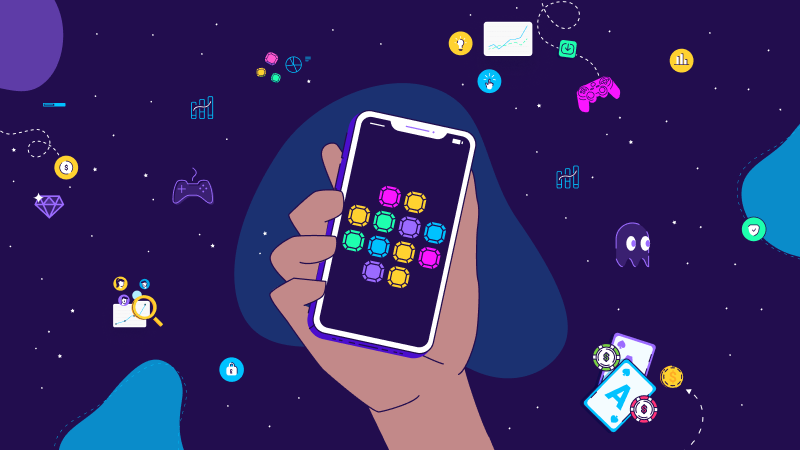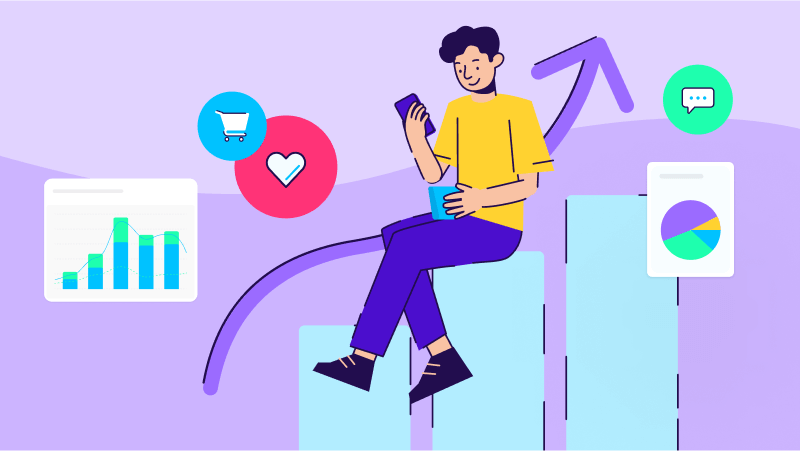
What’s inside
Remarketing on the web has been around for almost 15 years, but apps have only started running campaigns at scale in the last couple of years.
With poor retention rates, intense competition, and rising user acquisition costs, re-engaging with existing app users has become a key component of an app marketer’s toolbox.
To capture its scale and potential, we are releasing AppsFlyer’s first report covering every vertical and every region in this comprehensive 81-slide study.
According to our data, the Shopping and Food & Drink app categories are in a league of their own as far as remarketing is concerned. After all, they are a natural fit for direct response remarketing campaigns, and as the chart below shows, have done so at scale, especially in APAC and Latin America.
However, with the exception of Social Casino apps, Gaming apps trail far behind in adoption: The “lighter” the game, the lower the rate.
Nonetheless, as the following data shows, Gaming apps that do run retargeting have seen a significant performance uplift.
Clearly, there is a missed opportunity for Gaming apps that are not.
Retention is extremely important for Gaming apps, as it drives more ad revenue thanks to more ad views, and it increases the likelihood of making in-app purchases. Indeed, we found that the overall share of paying users among apps running remarketing is at least 15% higher (this figure includes user acquisition and players who were not exposed to retargeting, which reduces the rate compared to retargeted players).
Why is adoption among Gaming app marketers low considering they are, by far, the savviest data-driven professionals in UA optimization?
The answers vary.
Some cite the shorter life cycle of games, which leads to UA-focused activity. However, it seems the main reason has to do with their uncertainty around how to measure their success, as well as understand how retargeting fits into their UA-driven LTV models.
The solution lies mostly in measuring incremental activity using control and test groups, but this is not the place to explain in depth.
To better understand how much remarketing is used within marketers’ overall mix (which includes non-organic installs as a result of user acquisition), the average share of retargeting conversions tells the story.
As we can see, remarketing conversions make up at least 30% of total conversions among apps that run both activities.
The highest average share is in APAC, where the percentage of remarketing conversions is 25% higher than in North America. Overall, gaps are not significant, demonstrating the popularity of remarketing across the globe.
Other highlights include:
- Comprehensive sections per region: North America, APAC, EMEA, and Latin America
- Adoption and usage of remarketing per vertical per market
- Performance uplift drive by remarketing campaigns
- Owned vs. paid media comparisons
- The impact of the coronavirus on remarketing activity


